

Articles
How To Choose A Duvet Insert
Modified: February 29, 2024
Learn how to choose the perfect duvet insert with our informative articles. Discover the best options to ensure a comfortable and cozy night's sleep.
(Many of the links in this article redirect to a specific reviewed product. Your purchase of these products through affiliate links helps to generate commission for Storables.com, at no extra cost. Learn more)
Introduction
Choosing the right duvet insert is crucial for a good night’s sleep. A duvet insert, also known as a comforter, is a vital component of any bedding ensemble, providing warmth and coziness. With various options available on the market, it can be overwhelming to find the perfect duvet insert that suits your needs and preferences.
In this article, we will guide you through the process of selecting the ideal duvet insert. We will cover everything from understanding duvet inserts and the factors to consider when choosing one, to the different types of fills and sizes available. By the end, you will have the necessary knowledge to make an informed decision and find the perfect duvet insert that will enhance your sleep experience.
So, let’s delve into the world of duvet inserts and discover how to choose the right one for you.
Key Takeaways:
- Choosing the right duvet insert involves considering factors such as fill material, size, warmth level, and maintenance. Natural fills offer luxury and breathability, while synthetic fills provide hypoallergenic options and affordability.
- Recommended brands like Brooklinen, Parachute, and Utopia Bedding offer high-quality duvet inserts catering to various preferences. Research and customer reviews are essential for finding the perfect duvet insert that enhances sleep comfort.
Understanding Duvet Inserts
Before we dive into the factors to consider when choosing a duvet insert, let’s first understand what exactly a duvet insert is and how it differs from a regular blanket or comforter.
A duvet insert is a soft, fluffy, and insulating bed covering that is typically filled with either natural or synthetic materials. It is designed to be used with a duvet cover, which acts as a protective layer and can be easily removed for washing.
Unlike a traditional blanket or comforter, a duvet insert is not quilted or stitched to prevent the filling from shifting. Instead, it is constructed with baffles or channels that help to evenly distribute the filling and maintain its loftiness.
One of the key advantages of a duvet insert is its versatility. It can be used alone as a lightweight bed covering during warmer months or combined with additional layers for extra warmth during colder seasons.
Now that we have a clear understanding of what a duvet insert is, let’s move on to the next section, where we will explore the factors to consider when choosing one.
Factors to Consider
When it comes to choosing a duvet insert, there are several important factors to consider. By evaluating these factors, you can ensure that you select a duvet insert that meets your specific needs and preferences. Let’s take a closer look at these factors:
- Fill Material: The fill material is a crucial consideration when choosing a duvet insert. There are two main types of fill materials available: natural and synthetic. Natural fills, such as down and feathers, provide excellent insulation and breathability. Synthetic fills, such as polyester and microfiber, are hypoallergenic and offer easy maintenance. Consider your personal preferences, budget, and desired level of warmth when deciding on the fill material.
- Fill Power and Weight: Fill power refers to the quality and loftiness of the duvet insert’s filling. A higher fill power indicates superior insulation and fluffiness. The weight of the duvet insert determines its warmth level. Choose a fill power and weight that aligns with your desired level of coziness and the climate in which you live.
- Size and Dimensions: Duvet inserts come in various sizes, including twin, full, queen, and king. Consider the size of your bed and the mattress thickness when selecting a duvet insert. It is essential to choose the appropriate size to ensure proper coverage and a snug fit.
- Warmth Level: Different duvet inserts offer varying levels of warmth. Some duvets are designed to provide lightweight warmth suitable for summer months, while others offer extra warmth for colder seasons. Evaluate your personal preferences and the climate in your area to determine the warmth level that best suits your needs.
- Allergy Considerations: If you have allergies or sensitivities, it’s essential to choose a duvet insert that is hypoallergenic. Synthetic fill materials are generally more suitable for individuals with allergies, as they are less likely to trigger reactions. Additionally, look for duvet inserts with anti-allergen covers to provide an extra layer of protection.
- Maintenance and Care: Consider the maintenance requirements of the duvet insert. Some duvets can be machine-washed and dried, while others require professional cleaning. Choose a duvet insert that aligns with your preferred level of maintenance and care.
By considering these factors and weighing your preferences and needs, you can select a duvet insert that will provide comfort, warmth, and longevity. In the next sections, we will explore the differences between natural and synthetic fills and delve deeper into the aspects to consider when choosing each type of fill.
Natural vs Synthetic Fill
When choosing a duvet insert, one of the primary considerations is the fill material. Duvet inserts are available in two main types of fills: natural and synthetic. Each type has its own advantages and considerations. Let’s take a closer look at the differences between natural and synthetic fill:
- Natural Fill: Natural fill materials, such as down and feathers, are derived from birds, typically geese or ducks. Down is the soft underlayer found beneath the outer feathers and is known for its exceptional insulation and breathability. It is prized for its lightweight and lofty feel, making it ideal for those seeking a cozy, fluffy duvet. However, it is important to note that not all down duvets are created equal. Higher-quality down duvets have a higher percentage of down clusters, which result in better insulation and loftiness.
- Synthetic Fill: Synthetic fill materials, such as polyester or microfiber, are man-made and designed to mimic the properties of natural fills. Synthetic fills are hypoallergenic, making them an excellent choice for individuals with allergies or asthma. They are also more affordable than natural fills, often providing a budget-friendly option without compromising on quality. Synthetic fills are durable, easy to maintain, and resistant to common allergens. However, they may not offer the same level of breathability and insulation as natural fills.
Choosing between natural and synthetic fill ultimately depends on your personal preferences, budget, and any specific needs or considerations you may have. Natural fills, such as down, tend to provide a luxurious and lofty feel, while synthetic fills offer hypoallergenic properties and affordability.
It is worth noting that there are also hybrid options available, which combine natural and synthetic fills. These blends aim to provide the benefits of both types of fill, such as the durability and affordability of synthetic fills with the loftiness and insulation of natural fills.
Now that we have explored the differences between natural and synthetic fill, let’s move on to the next section, where we will discuss the importance of fill power and weight when choosing a duvet insert.
Fill Power and Weight
Fill power and weight are important factors to consider when choosing a duvet insert, as they directly impact the warmth, fluffiness, and overall comfort of the duvet. Let’s take a closer look at fill power and weight:
- Fill Power: Fill power refers to the quality and loftiness of the duvet insert’s filling, particularly for natural fills like down. It measures the ability of the fill to regain its loft after being compressed. Higher fill power indicates a higher quality and greater ability to provide insulation. Duvet inserts with a higher fill power are more breathable, lighter, and provide better insulation, making them suitable for colder climates or individuals who tend to feel colder at night. However, it is important to note that higher fill power duvet inserts often come with a higher price tag.
- Weight: The weight of the duvet insert determines the level of warmth it offers. Duvet inserts come in a range of weights, from lightweight to extra warm. Lighter weight duvet inserts are suitable for warmer climates or individuals who prefer a cooler sleeping environment. Medium weight duvet inserts provide a balance of comfort and warmth, making them suitable for most seasons. Heavyweight duvet inserts are ideal for colder climates or individuals who tend to feel colder at night. Consider your personal preferences as well as the climate in which you live when choosing the weight of your duvet insert.
It is important to note that fill power and weight are not necessarily directly related. A higher fill power does not necessarily mean a heavier duvet insert. The weight of a duvet insert is influenced by various factors, including the size and amount of fill used.
When choosing a duvet insert, consider your personal preferences for warmth, the climate in your area, and any specific needs you may have. A lightweight duvet insert may be more suitable for hot sleepers or those living in warmer climates, while a heavier duvet insert may provide the desired warmth for cold sleepers or colder climates.
By considering the fill power and weight of a duvet insert, you can ensure that you select one that provides the desired warmth, comfort, and quality, enhancing your overall sleep experience.
Now that we have explored fill power and weight, let’s move on to the next section, where we will discuss the importance of size and dimensions when choosing a duvet insert.
Read more: What Is A Duvet Insert
Size and Dimensions
Selecting the appropriate size and dimensions of your duvet insert is crucial for ensuring a proper fit and maximum comfort. Let’s explore the importance of size and dimensions when choosing a duvet insert:
1. Bed Size: Consider the size of your bed when choosing a duvet insert. Common bed sizes include twin, full, queen, and king. It is important to choose a duvet insert that matches the size of your bed to ensure adequate coverage and a snug fit. A duvet insert that is too small may result in uneven coverage, while one that is too large may hang over the edges of the bed excessively.
2. Mattress Thickness: Take into account the thickness of your mattress when selecting a duvet insert. If you have a thicker mattress or use a mattress topper, you may need to choose a larger duvet insert to ensure enough coverage. This will prevent the duvet insert from feeling too small or leaving gaps at the edges.
3. Duvet Cover: If you already have a duvet cover or plan to purchase one separately, ensure that it matches the size of your duvet insert. Duvet covers are typically designed to fit specific duvet insert sizes, so it is important to choose a duvet insert that aligns with the size of your preferred duvet cover.
Remember, choosing the correct size and dimensions for your duvet insert will not only provide a visually appealing bed ensemble but also ensure that the duvet insert stays in place and provides maximum comfort during your sleep.
Now that we have covered the importance of size and dimensions, let’s move on to discussing the warmth level options available for duvet inserts.
When choosing a duvet insert, consider the fill power, which indicates the quality and insulating ability of the down or synthetic fill. A higher fill power means better insulation and fluffiness.
Warmth Level
When choosing a duvet insert, it is essential to consider the warmth level that suits your preferences and the climate in which you live. Duvet inserts come in various warmth options, ranging from lightweight to extra warm. Let’s explore the different warmth levels and their suitability:
1. Lightweight: Lightweight duvet inserts are perfect for warmer climates or individuals who tend to sleep hot. They provide a comfortable layer of insulation without causing overheating during the night. Additionally, lightweight duvet inserts are ideal for those who prefer a less bulky feel while sleeping.
2. All-Season: All-season duvet inserts are versatile and suitable for most climates and seasons. They provide a balanced level of warmth that keeps you cozy during cooler months while still being comfortable in milder weather. All-season duvet inserts are popular choices as they provide year-round comfort.
3. Extra Warm: Extra warm duvet inserts are designed for colder climates or individuals who tend to feel cold while sleeping. They offer a higher level of insulation and ensure that you stay warm, even during the coldest winter nights. These duvet inserts are heavier in weight and provide maximum coziness and warmth.
Choosing the appropriate warmth level depends on factors such as personal preferences, the climate in your location, and whether you use additional layers of bedding, such as blankets or sheets. If you live in an area with fluctuating temperatures throughout the year, all-season duvet inserts may be the best choice to provide comfort regardless of the season.
It is also essential to remember that the warmth level can vary depending on the fill material and quality. Higher fill power duvet inserts, particularly those with natural fills like down, often provide superior insulation and warmth compared to lower fill power options.
By considering the warmth level that suits your needs, you can ensure a comfortable and cozy sleep environment throughout the year. Now, let’s move on to discussing considerations for individuals with allergies when choosing a duvet insert.
Allergy Considerations
For individuals with allergies or sensitivities, selecting a duvet insert that is hypoallergenic is of utmost importance. Here are some essential considerations when choosing a duvet insert for allergy sufferers:
1. Synthetic Fill: Synthetic fill materials, such as polyester or microfiber, are inherently hypoallergenic and resistant to common allergens like dust mites and pet dander. They are an excellent choice for individuals with allergies or asthma as they minimize the risk of triggering allergic reactions. Additionally, synthetic duvet inserts are often more budget-friendly than those with natural fills.
2. Anti-Allergen Covers: Look for duvet inserts that come with anti-allergen covers. These covers act as an additional barrier against allergens and prevent them from penetrating the duvet insert. Anti-allergen covers are typically made from tightly woven fabrics that prevent dust mites and other allergens from entering the duvet insert.
3. Natural Fill Considerations: While natural fill materials like down can be luxurious and provide excellent insulation, they can sometimes trigger allergies in certain individuals. If you prefer a natural fill, choose a duvet insert with high-quality down that has been properly cleaned and processed to remove allergens. Additionally, consider using an anti-allergen cover to minimize exposure to potential allergens.
4. Regular Maintenance: To prevent allergens from accumulating in your duvet insert, it is crucial to follow a regular cleaning and maintenance routine. Some duvet inserts can be machine-washed and dried, while others require professional cleaning. Choose a duvet insert that aligns with your preferred level of maintenance and care to ensure allergens are kept at bay.
By considering these allergy considerations when choosing a duvet insert, individuals with allergies can enjoy a restful and comfortable sleep without worrying about allergic reactions. Now, let’s move on to discussing the maintenance and care requirements for duvet inserts.
Maintenance and Care
Maintaining and caring for your duvet insert is essential to keep it clean, fresh, and in optimal condition. Here are some key maintenance and care tips to consider when selecting a duvet insert:
- Read the Care Instructions: Before purchasing a duvet insert, always check the care instructions provided by the manufacturer. Each duvet insert may have specific cleaning and care requirements that need to be followed to ensure its longevity.
- Machine-Washable vs. Dry Clean Only: Duvet inserts come with different care options. Some duvet inserts are machine-washable, which allows for easy cleaning and convenience. Others may require dry cleaning due to the delicate nature of the fill or outer fabric. Consider your preferences and lifestyle when choosing a duvet insert with specific care requirements.
- Use a Duvet Cover: To protect your duvet insert from stains, spills, and general wear and tear, it is highly recommended to use a duvet cover. A duvet cover acts as a protective layer that can be easily removed and washed separately, keeping your duvet insert clean and extending its lifespan.
- Frequent Fluffing: Regularly fluffing your duvet insert helps to redistribute the filling and maintain its loftiness. This can be done by shaking or gently patting the duvet insert, ensuring that the loft is maintained and the filling evenly distributed throughout.
- Avoid excessive heat and sunlight: Direct exposure to excessive heat or prolonged sunlight can cause damage to the filling or fabric of the duvet insert. Avoid placing your duvet insert in direct sunlight or using high heat settings when drying. Opt for air drying or low heat settings to maintain its quality.
- Keep it protected when not in use: When you’re not using your duvet insert, keep it stored in a breathable storage bag or container to protect it from dust, moisture, and any potential damage.
By following the recommended maintenance and care guidelines specific to your duvet insert, you can ensure that it remains fresh, clean, and in excellent condition for years to come.
Next, let’s move on to exploring some recommended brands that offer high-quality duvet inserts.
Read more: How To Choose A Duvet
Recommended Brands
When it comes to choosing a duvet insert, there are several reputable brands that offer high-quality options. Here are some recommended brands known for their excellent duvet inserts:
- Brooklinen: Brooklinen is a popular brand known for their luxurious bedding products. They offer a range of duvet inserts made from premium materials, including down alternative and down-filled options. Their duvet inserts are known for their exceptional quality, comfort, and durability.
- Parachute: Parachute offers a variety of duvet inserts that cater to different needs and preferences. They have both down and down-alternative options, all crafted with high-quality materials. Parachute duvet inserts are praised for their softness, warmth, and eco-friendly construction.
- Utopia Bedding: Utopia Bedding is an affordable brand that provides quality duvet inserts. They offer budget-friendly options with synthetic fill that provide excellent warmth and comfort. Utopia Bedding duvet inserts are hypoallergenic and easy to care for, making them a popular choice.
- OrganicTextiles: For those seeking organic and eco-friendly duvet inserts, OrganicTextiles is a recommended brand. They offer duvet inserts made from 100% organic cotton fabric and filled with organic wool or down alternatives. Their products are free from harmful chemicals and provide a comfortable and sustainable sleep experience.
- Pacific Coast: Pacific Coast is a trusted brand with a long-standing reputation for producing high-quality down duvet inserts. They offer a range of fill powers and warmth levels to suit different preferences. Their duvet inserts are known for their exceptional loftiness, breathability, and craftsmanship.
While these are just a few recommended brands, it is important to conduct thorough research and read customer reviews to find a duvet insert that meets your specific needs and preferences. Each brand may have different offerings in terms of fill material, size options, and warmth levels, so be sure to consider these factors when making your decision.
Now that we have explored some recommended brands, let’s conclude our guide on choosing a duvet insert.
Conclusion
Choosing the right duvet insert is essential for creating a comfortable and cozy sleep environment. By considering factors such as fill material, fill power, size and dimensions, warmth level, allergy considerations, and maintenance requirements, you can select a duvet insert that suits your needs and preferences.
For those seeking a natural and luxurious option, duvet inserts with down fill provide exceptional insulation and breathability. Synthetic fill duvet inserts, on the other hand, are hypoallergenic and budget-friendly. Hybrid options are also available, offering a combination of natural and synthetic fills for the best of both worlds.
The fill power and weight of a duvet insert determine its overall quality, insulation, and warmth. Higher fill power indicates superior loftiness, while the weight determines the level of warmth provided. Consider your climate, personal preferences, and budget when choosing the appropriate combination of fill power and weight.
Ensuring that your duvet insert fits properly is crucial for an aesthetically pleasing bed ensemble. Take into account the size of your bed and mattress thickness when selecting the dimensions of your duvet insert. Using a duvet cover not only protects your duvet insert but also adds style and convenience to your bedding setup.
Individuals with allergies should opt for hypoallergenic duvet inserts made from synthetic fills or high-quality down that has been properly processed. Regular maintenance and care, such as following the manufacturer’s instructions and using anti-allergen covers, help ensure the cleanliness and longevity of your duvet insert.
As for recommended brands, options like Brooklinen, Parachute, Utopia Bedding, OrganicTextiles, and Pacific Coast are known for their high-quality duvet inserts. However, it is crucial to research and read customer reviews to find the brand that best suits your specific needs.
In conclusion, by considering all the essential factors and making an informed decision, you can select a duvet insert that provides the perfect balance of comfort, warmth, and durability. A carefully chosen duvet insert will enhance your sleep experience, allowing you to enjoy a restful night’s sleep night after night.
Frequently Asked Questions about How To Choose A Duvet Insert
Was this page helpful?
At Storables.com, we guarantee accurate and reliable information. Our content, validated by Expert Board Contributors, is crafted following stringent Editorial Policies. We're committed to providing you with well-researched, expert-backed insights for all your informational needs.
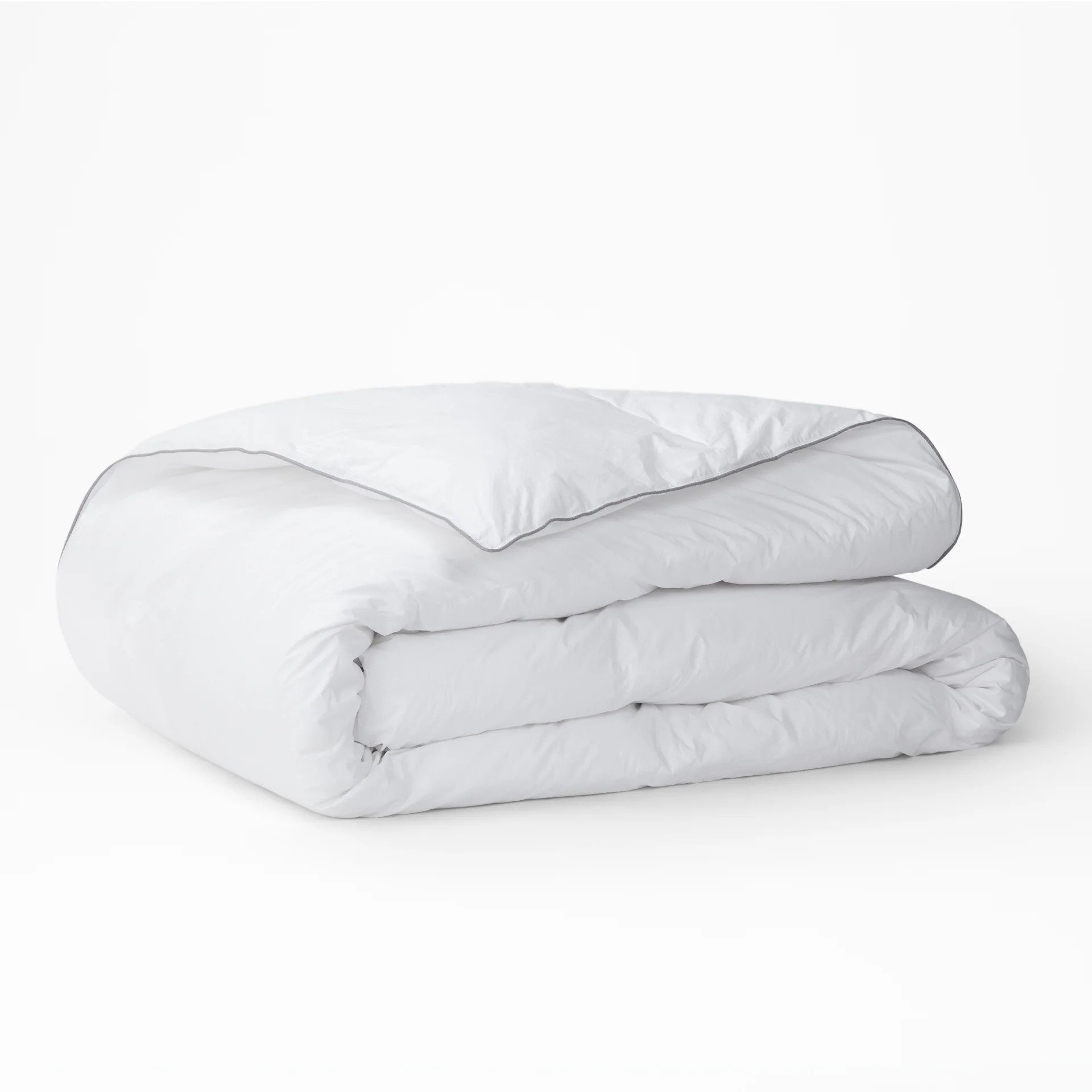
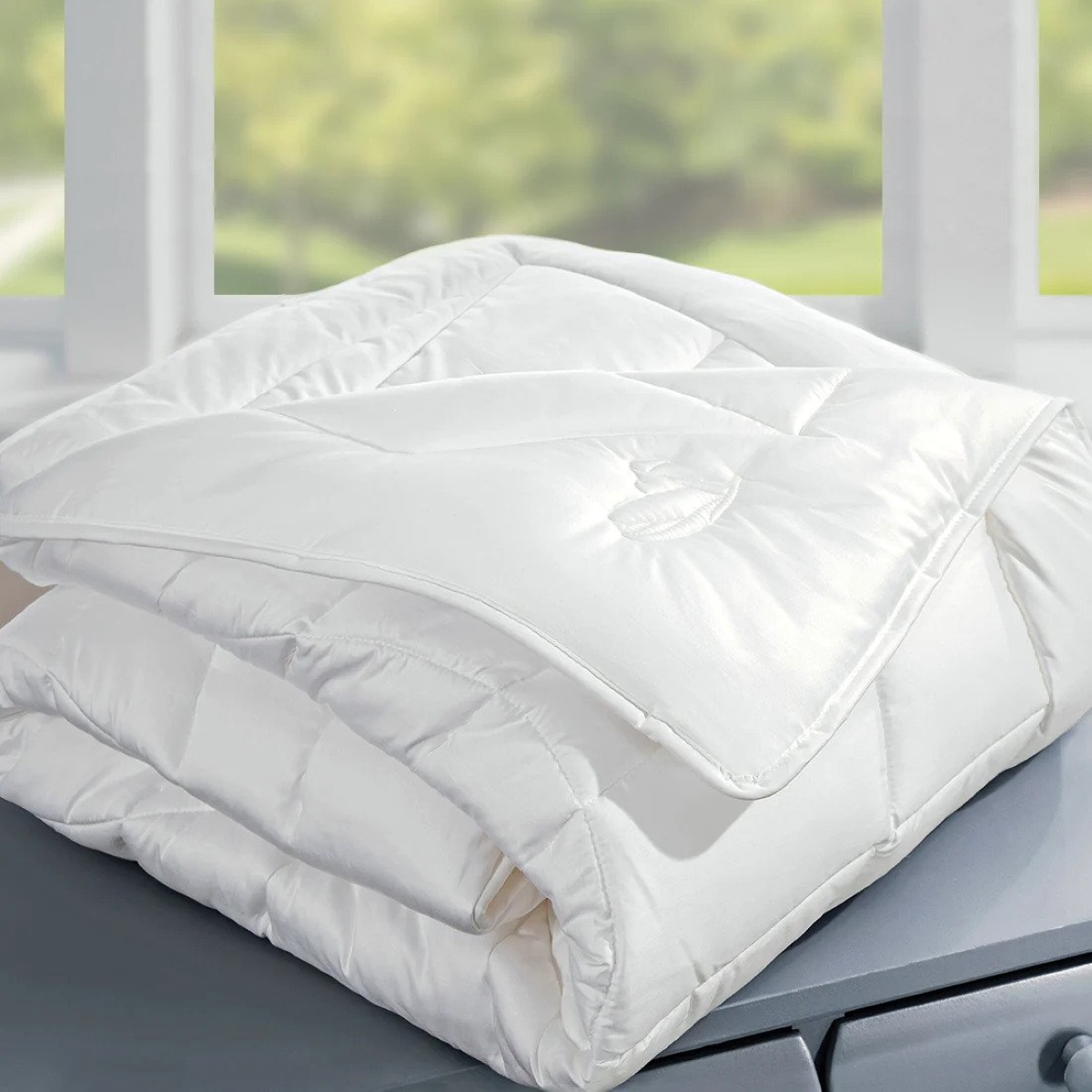
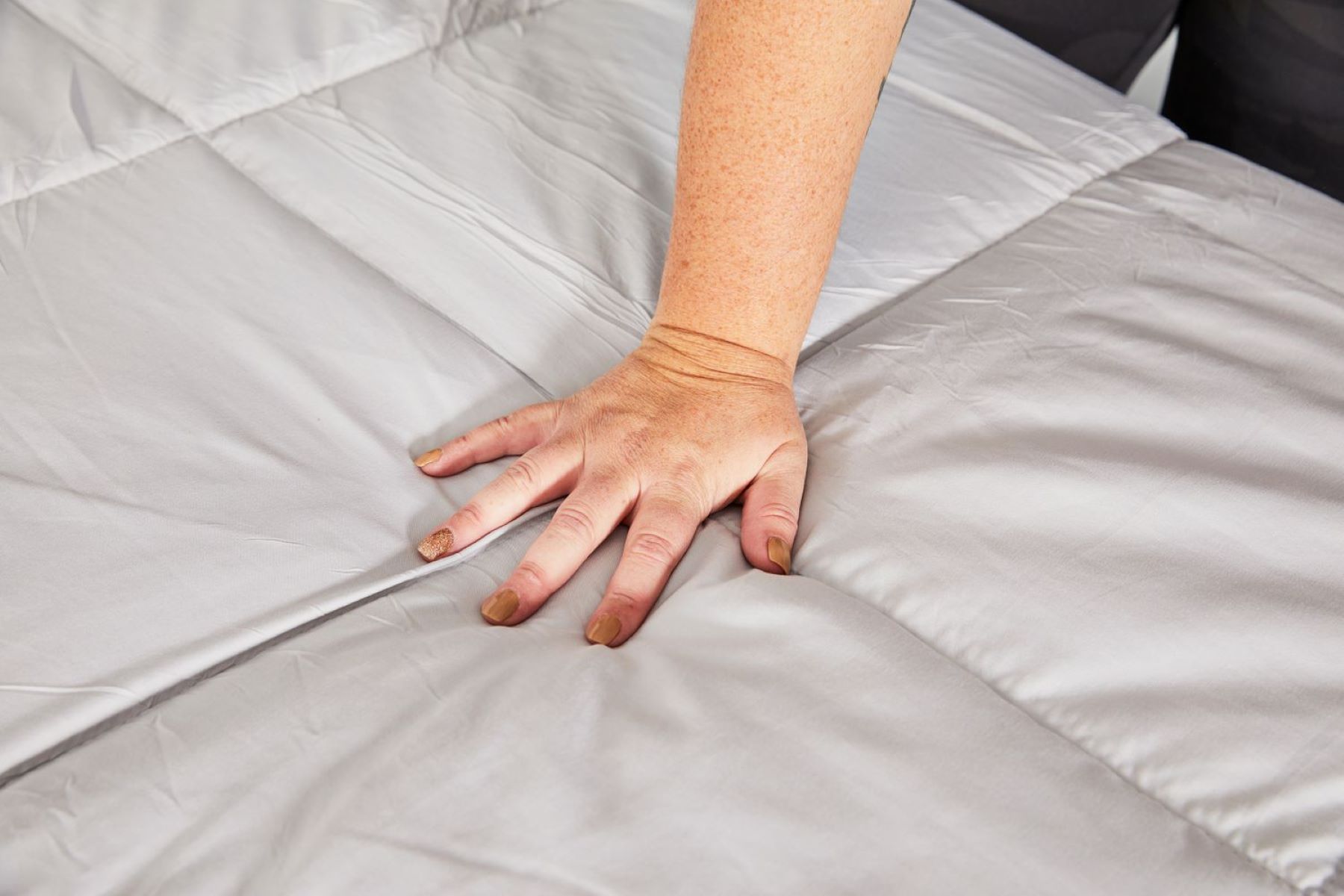
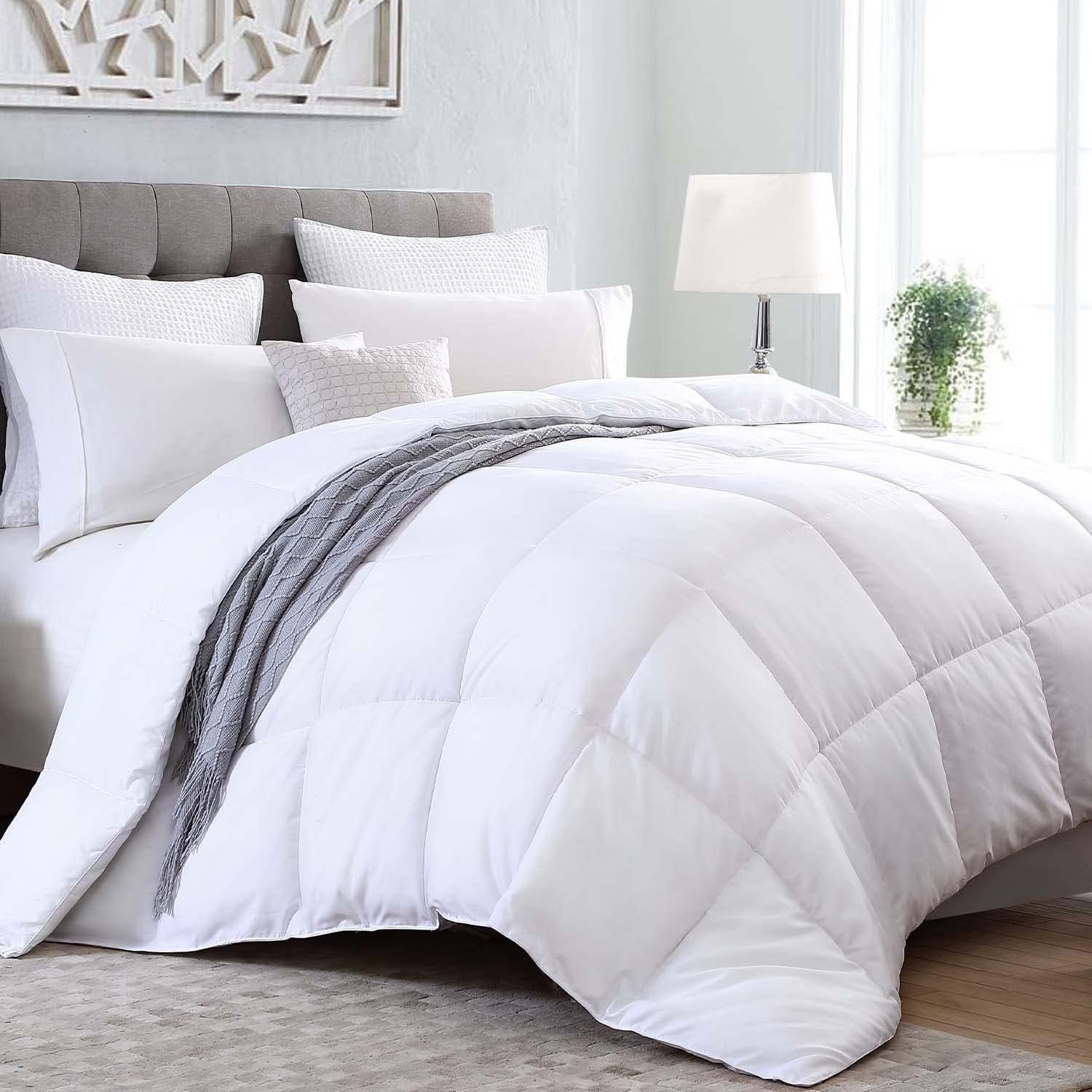
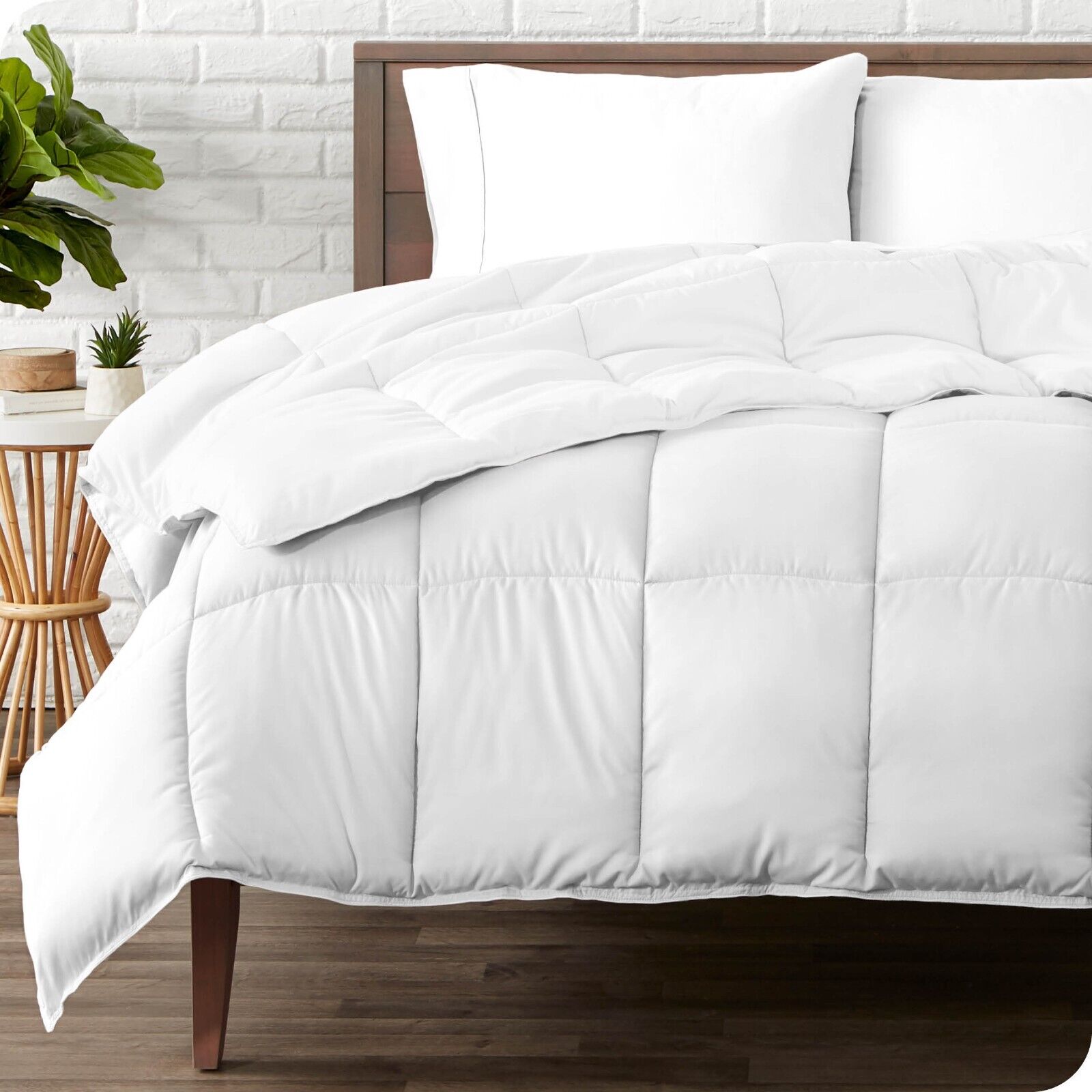
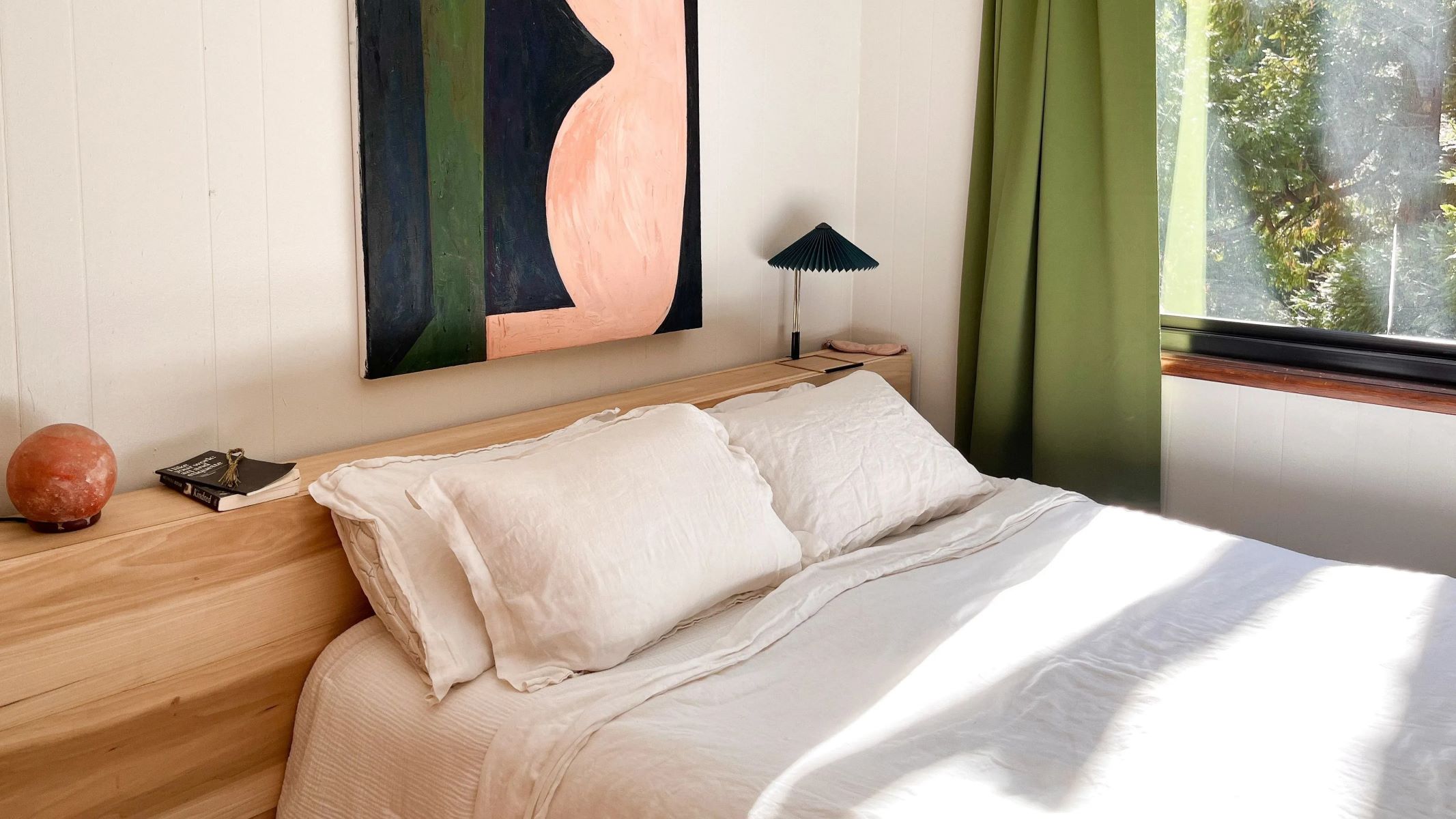
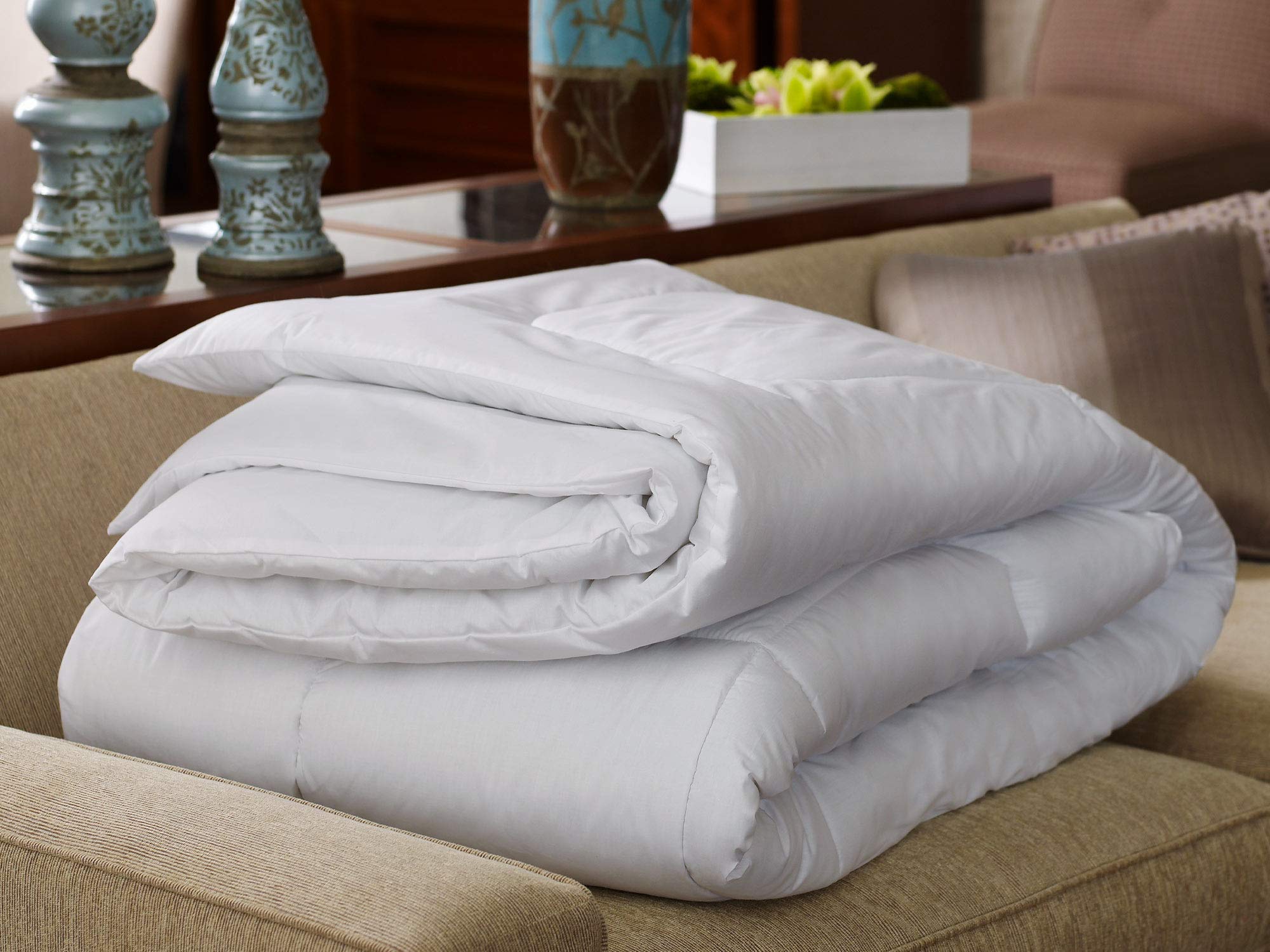
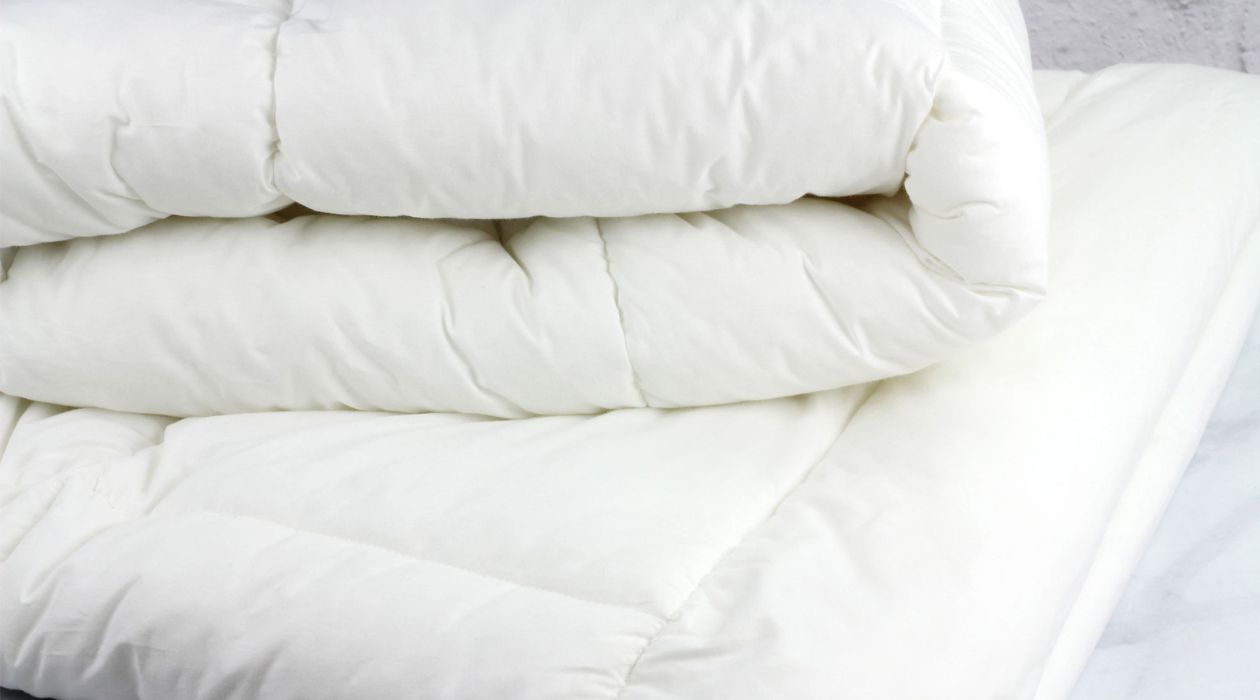
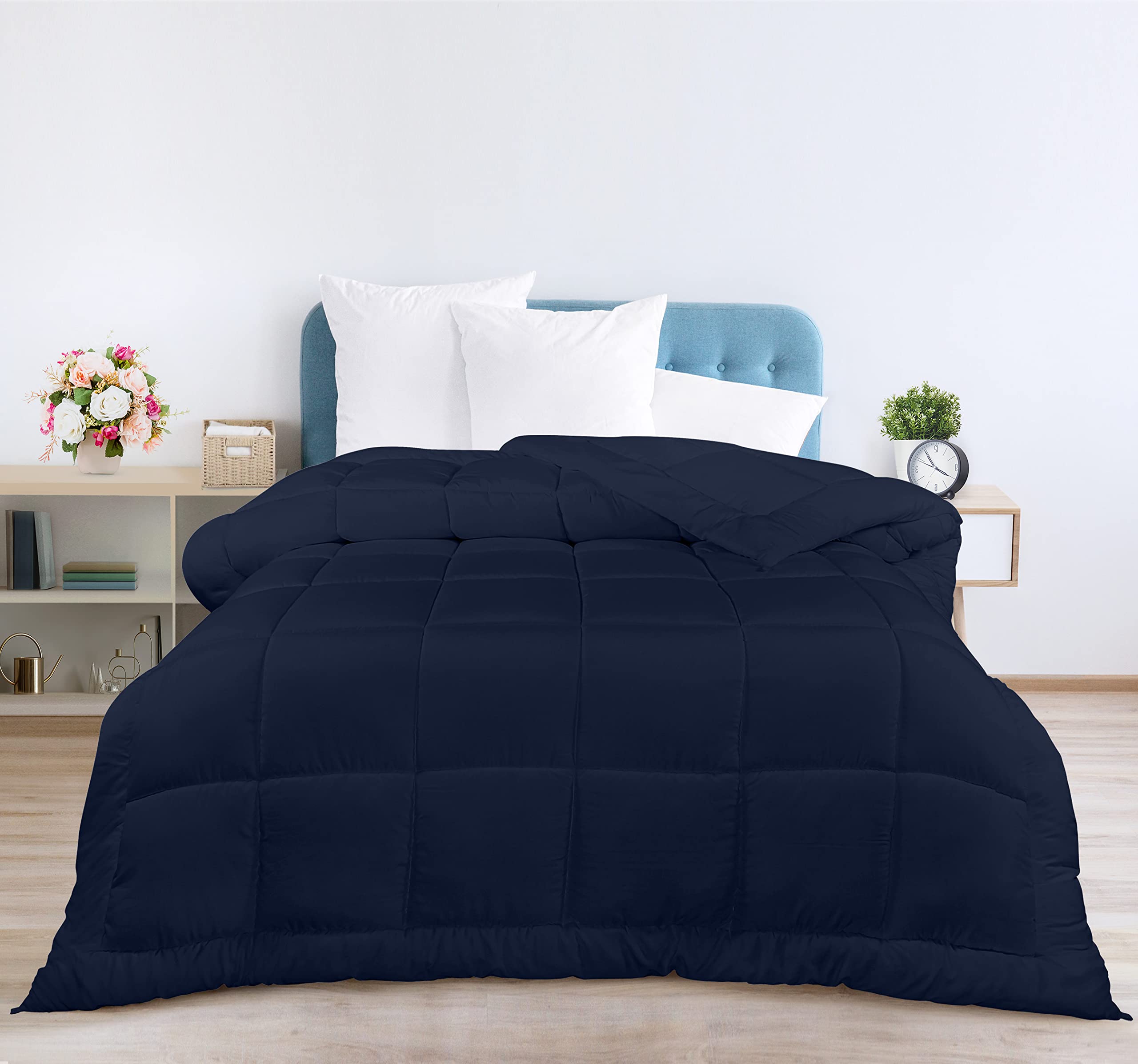
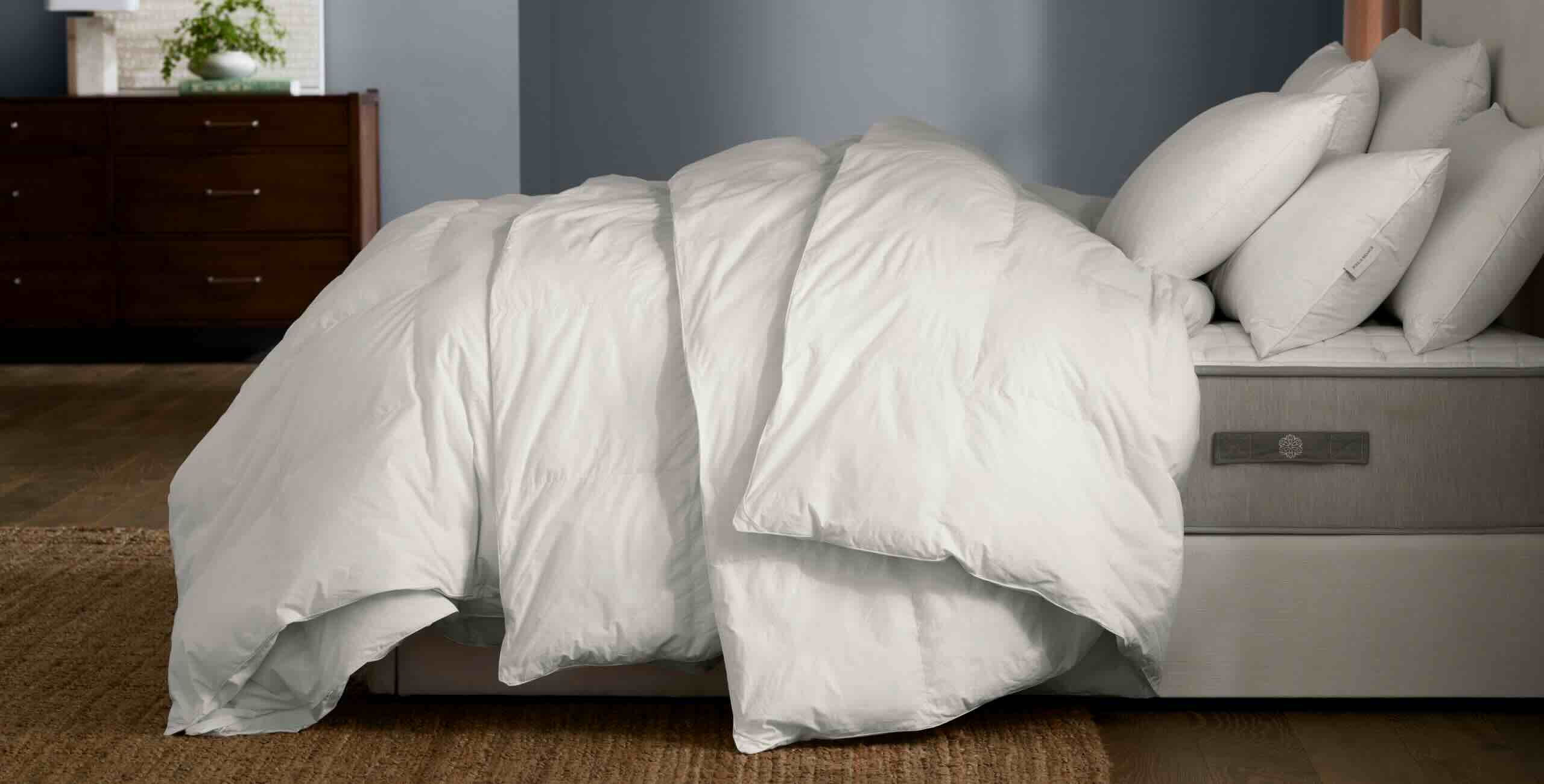
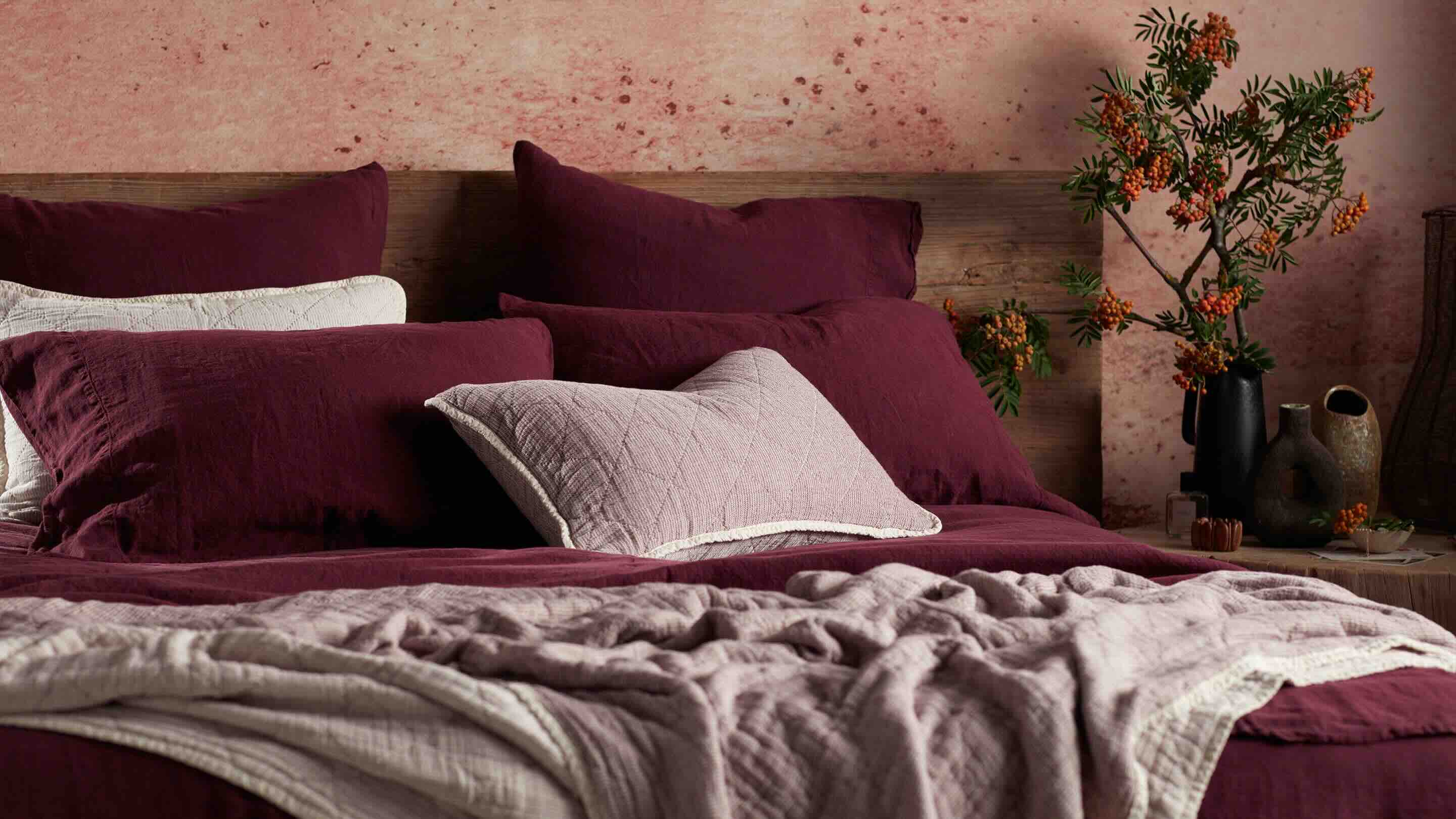
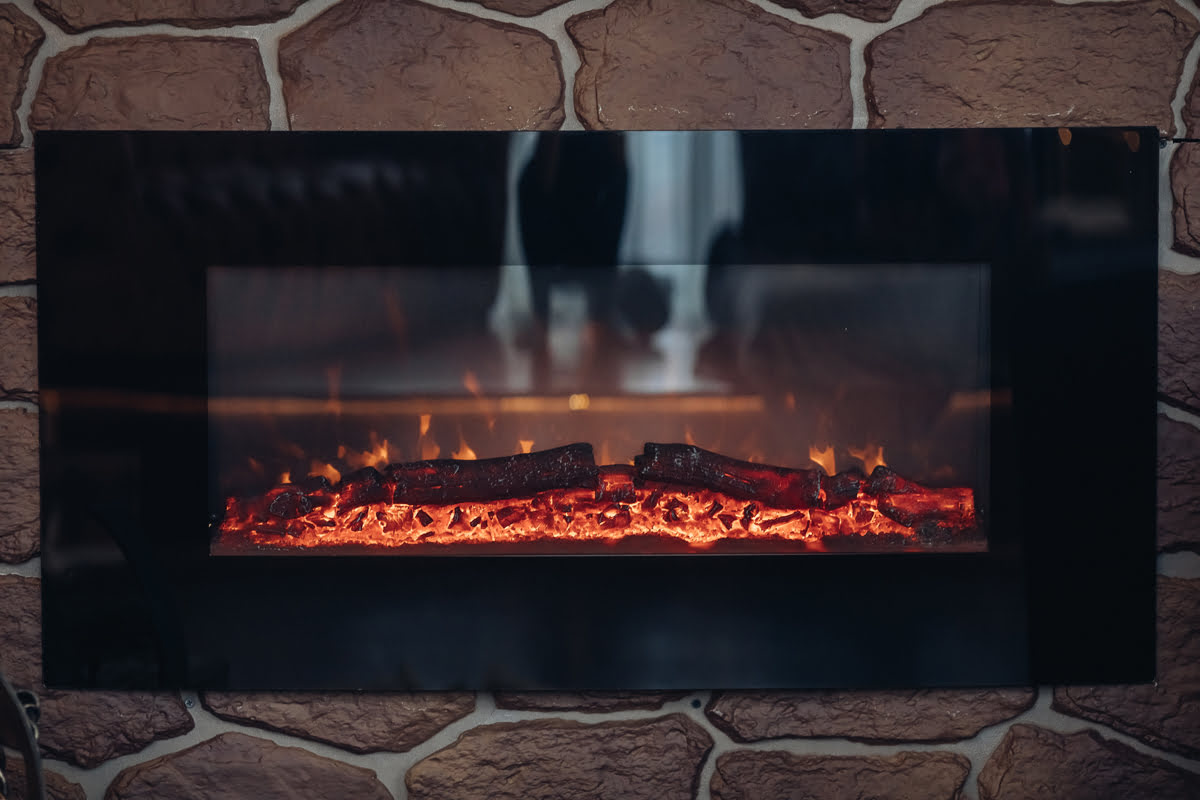
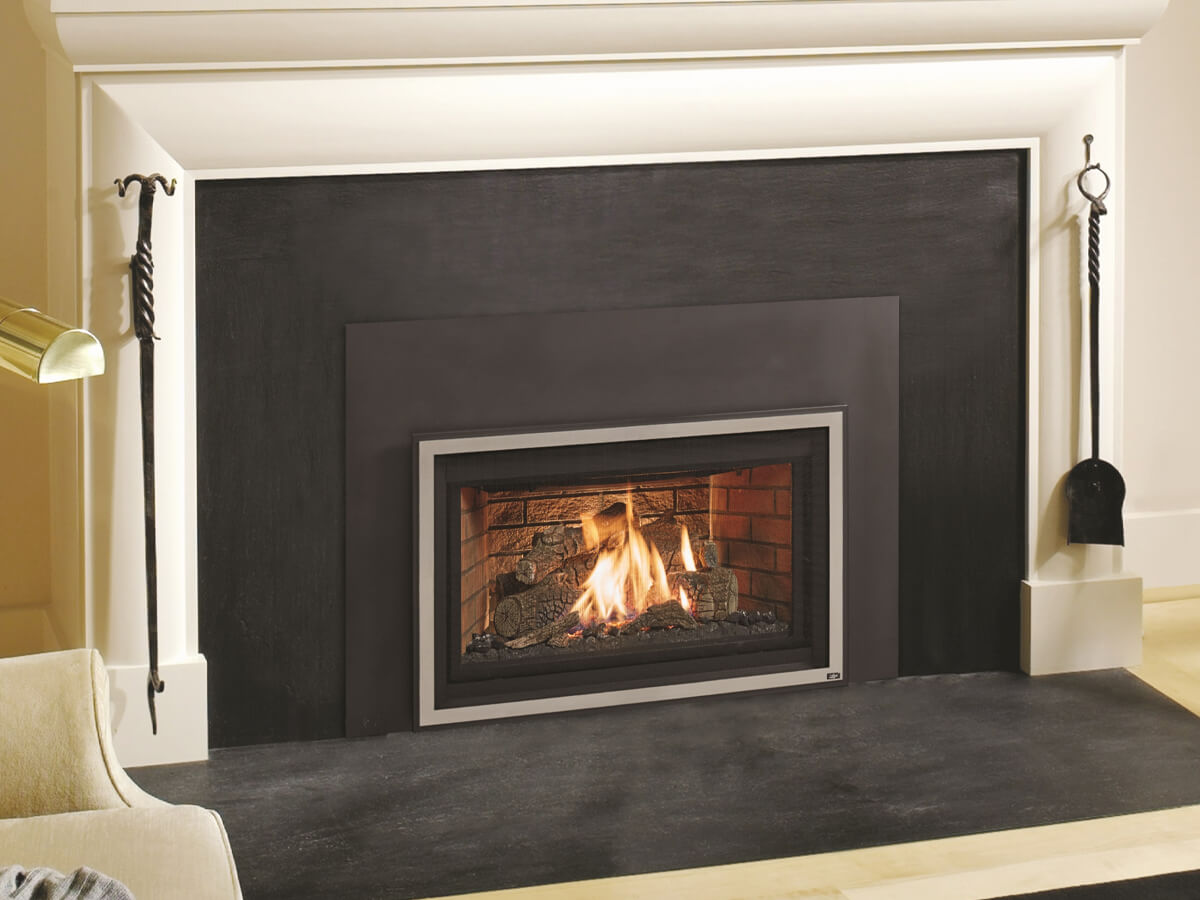

0 thoughts on “How To Choose A Duvet Insert”